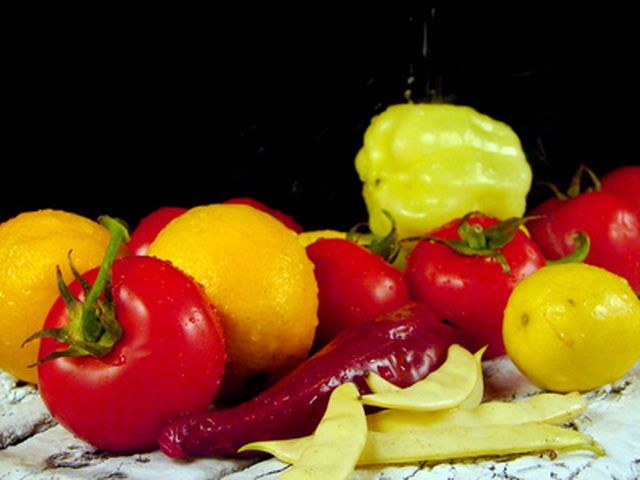Bulbs
Flower Basics
Flower Beds & Specialty Gardens
Flower Garden
Garden Furniture
Garden Gnomes
Garden Seeds
Garden Sheds
Garden Statues
Garden Tools & Supplies
Gardening Basics
Green & Organic
Groundcovers & Vines
Growing Annuals
Growing Basil
Growing Beans
Growing Berries
Growing Blueberries
Growing Cactus
Growing Corn
Growing Cotton
Growing Edibles
Growing Flowers
Growing Garlic
Growing Grapes
Growing Grass
Growing Herbs
Growing Jasmine
Growing Mint
Growing Mushrooms
Orchids
Growing Peanuts
Growing Perennials
Growing Plants
Growing Rosemary
Growing Roses
Growing Strawberries
Growing Sunflowers
Growing Thyme
Growing Tomatoes
Growing Tulips
Growing Vegetables
Herb Basics
Herb Garden
Indoor Growing
Landscaping Basics
Landscaping Patios
Landscaping Plants
Landscaping Shrubs
Landscaping Trees
Landscaping Walks & Pathways
Lawn Basics
Lawn Maintenance
Lawn Mowers
Lawn Ornaments
Lawn Planting
Lawn Tools
Outdoor Growing
Overall Landscape Planning
Pests, Weeds & Problems
Plant Basics
Rock Garden
Rose Garden
Shrubs
Soil
Specialty Gardens
Trees
Vegetable Garden
Yard Maintenance
Fruit & Veggies That Grow Well in Maryland
Fruit & Veggies That Grow Well in Maryland. Maryland experiences a wide range of temperatures in its climate, but for much of the year, it is perfect for growing fruits and vegetables. The humid air gives moisture to the plants and the overnight lows stay warm enough so that plants can grow into the fall. Certain fruits and vegetables fare best in...

Maryland experiences a wide range of temperatures in its climate, but for much of the year, it is perfect for growing fruits and vegetables. The humid air gives moisture to the plants and the overnight lows stay warm enough so that plants can grow into the fall. Certain fruits and vegetables fare best in this weather.
Fruits
Many berries grow well in Maryland, including strawberries, raspberries, blueberries and blackberries. These will be ripe and ready to eat around midsummer. Apples, peaches, pears and plums are among the tree fruits that thrive as well. Cantaloupe, honeydew and watermelon will also be ready to eat around the middle of summer.
Vegetables
Asparagus and tomatoes are among the vegetables that should be planted at the beginning of summer. Spinach, broccoli and lettuce also grow best at the beginning and the end of summer when temperatures are coolest. Corn, cucumbers, eggplant, peppers and white potatoes should be planted and grown in the midst of summer. They will still produce into the beginning of fall.
Late-Season Growing
A benefit of Maryland's climate is that produce can be grown into late fall. For example, tomatoes keep growing into early fall. In late July, seed for fall crops of salad greens, broccoli, cauliflower, squash, beans and cucumbers can be sown.
Soil
The soil in Maryland contains many different metals and in some places is very high in lead. This can be poisonous to young children who are eating the fruits and vegetables. It is very important that you use organic material in soil and make sure the soil is moist and well drained. If you are still nervous about the soil, you can use organic materials and grow your fruits and veggies in pots.
Considerations
Since so many fruits and veggies can be grown locally, this will ensure that people are eating the freshest produce available. It will also help the environment by cutting back on fuel emissions. When food needs to be transported, it sometimes comes from a long way and requires trucks which emit harmful fumes. Also, be diligent about taking care of your garden so that diseases do not infect your fruits and vegetables. The warm, moist climate encourages the growth of some bacteria.